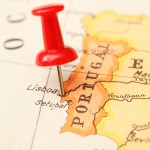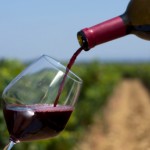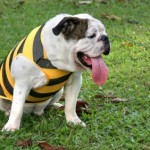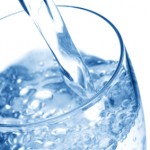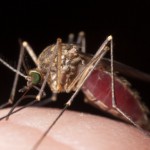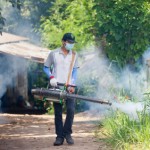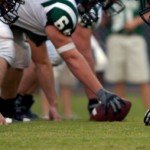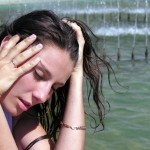We're on a three and a half week trip, almost all in Portugal. I wasn't planning to add any posts, but brought my iPad2 and realized I could find Wi-Fi connections in many places. So now we're on a two-day farm stay in the Duoro Valley, heart of the Port wine grape industry and we're eating well, perhaps too well.
I'm not normally a chocolate eater but the Mousse de Chocolata" here has been wonderful. I realized today that I've eaten more desserts and more bread (freshly made) than usual, but my slacks still fit and I' using the same belt notch.
So what's keeping me from gaining a significant amount of weight?
To begin with we're often eating one main meal, one smaller one and a fruit or yogurt snack. Breakfasts here have freshly squeezed orange juice, rolls that don't need butter and some cheese. Our lunches have often been eaten in transit and, more often than not, have been light.
Then too we're walking 45 minutes to two hours a day, often up and down hills.
Today for lunch we returned to the same wonderful gourmet restaurant we'd been to last night. As in the previous meal portions were smaller than we get at home. We ate slowly savoring each bite and drank a third of a glass of a late harvest wine the chef had sent us. My wife had a fruit and vegetable salad, while I ate a fish fillet. We really dawdled for an hour and forty minutes, talking, putting our forks down between smaller-than-usual bites and talking...a lot.
I realized we'd spent two and a half hours over dinner the previous evening. This was a European way of dining I noticed as I looked around. Nobody was in a hurry and, tellingly, nobody seemed significantly overweight.
So I've learned a lesson or two on this trip and, in doing so, have enjoyed my food more.

